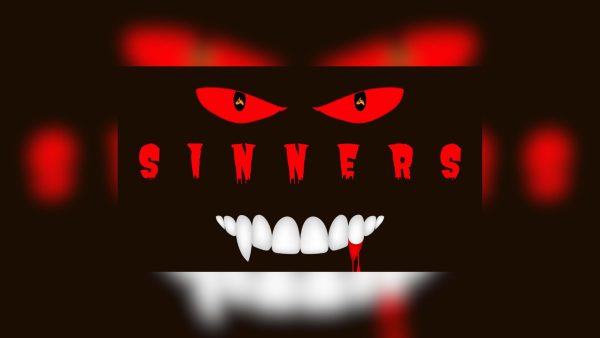Technology influences the arts
With 11 different concentrations in the art degree program at the university, the evolution of technology has played a role in the work of professors and students.
Christina Molina, assistant professor of new media and animation, explained that animation has allowed the impossible to become possible.
“I don’t think animation has specifically changed the direction of art, but rather has allowed those forms to become more expanded,” said Molina.
Molina said that she is amazed by animation that takes advantage of its “inherent magic” and gave examples of some of the animators that catch her interests.
Molina explained, “I think animators like Jan Svankmajer, Nathalie Djurberg and most recently Allison Schulnik are impressive because they create works that are a more crude and primitive style, and because of that, come up with some unique narratives and characters.”
Gary Keown, professor of graphic design, discussed the prevalence of technology and its primary function as a tool that guides artists
“Obviously, technology has had a major role in contemporary art, and there are a number of artists/designers that could be named,” stated Keown. “It is not the technology but the content behind the work. If the technology becomes a distraction, then the work is not successful.”
Keown said that graphic design has changed the direction of all art because it is all-encompassing. He explained that the Post Modern Italian “Memphis Group” has influenced his art style.
“Their work and methodology has had a re-evaluation in current times with a recent exhibition in New York City at Koenig & Clinton,” said Keown. “With the use of color and shape, their work has certainly influenced my personal work.”
Destiny Richardson, a sophomore art major, shared the prevalence that graphic design has in the 21st century and how traditional art styles are being impacted.
“The medium is influenced by the same principles of traditional art,” explained Richardson. “However, it takes those principles and applies them to our digital age. Some artists even digitize traditional work to in order to stay up to speed with changes in society.”
Molina shared that artists have always experimented with different forms of technology, seeing that the pre-historic drawings and paintings involved tools. Since then, she believes that technology has made art more democratic and accessible.
According to Molina, smartphones have become very advanced, but there becomes a ton of media as a result.
“Almost everything you need to make a movie can be done on a smart phone,” discussed Molina. “So, it has also become more efficient to engage with electronic media. While this is very exciting and means that more people can participate and more sides of a story can be heard, it also means that we become more saturated and distracted by media that is constantly available.”
Because of her passion for communication, art and technology, Richardson decided to pursue a concentration in graphic design.
“We live in a digital age that is constantly moving,” shared Richardson. “It is only right that art is moving in the same direction. Our culture is heavily influenced by visual communication, so I feel that graphic designers will have ample playing field in the 21st century.”
Your donation will support The Lion's Roar student journalists at Southeastern Louisiana University.
In addition, your contribution will allow us to cover our annual website hosting costs.
No gift is too small.

Jacob Summerville, a history and political science major, has worked at The Lion's Roar since September 2017. A native of Greenwell Springs, LA, Jacob...




